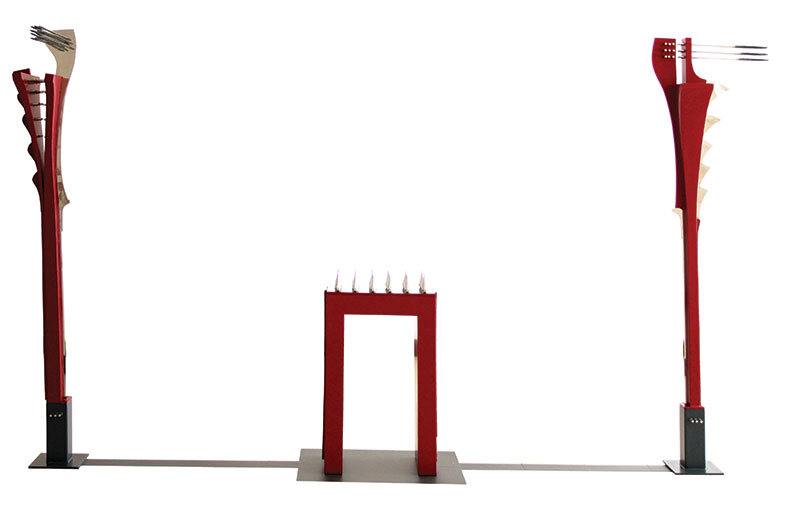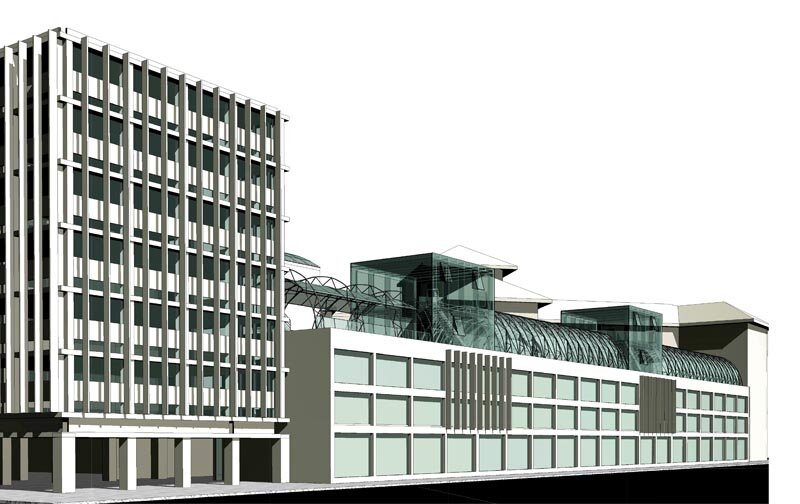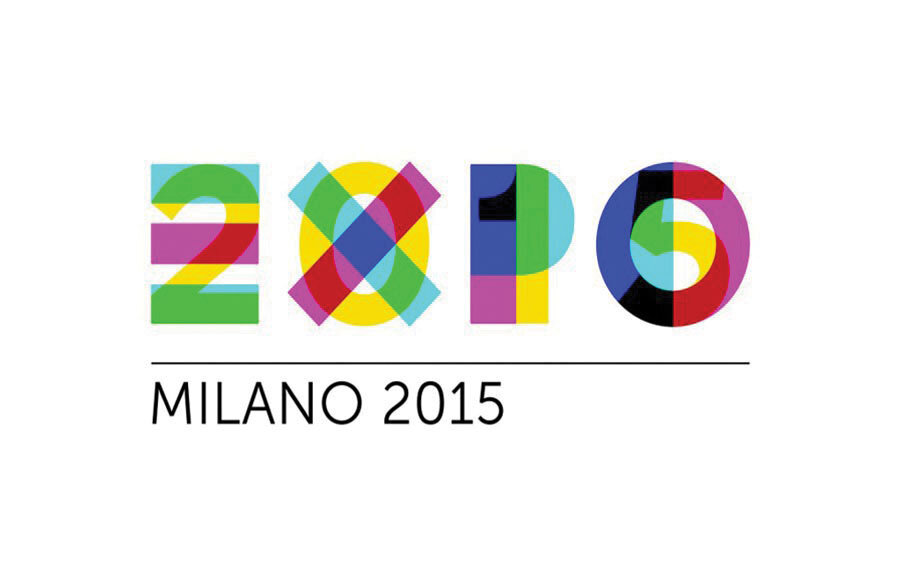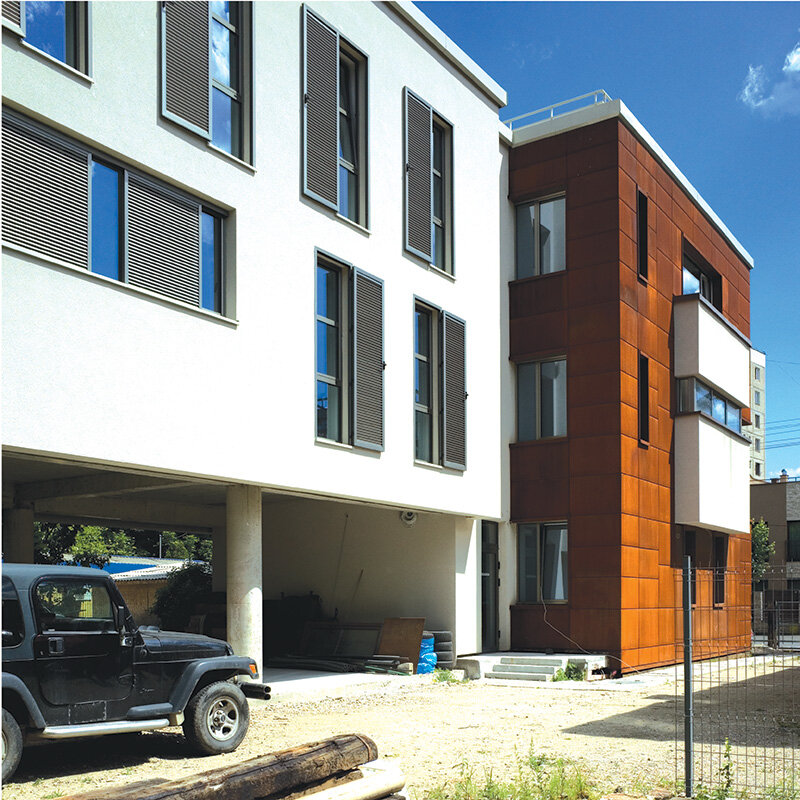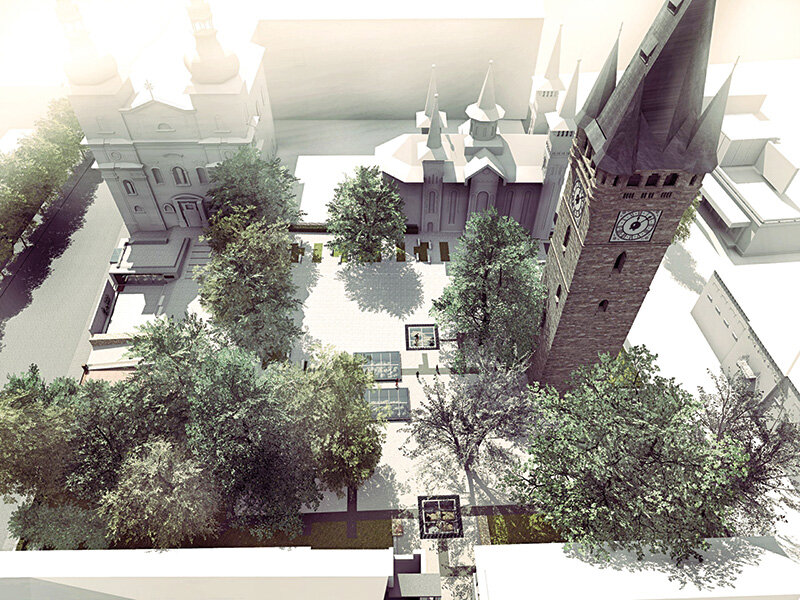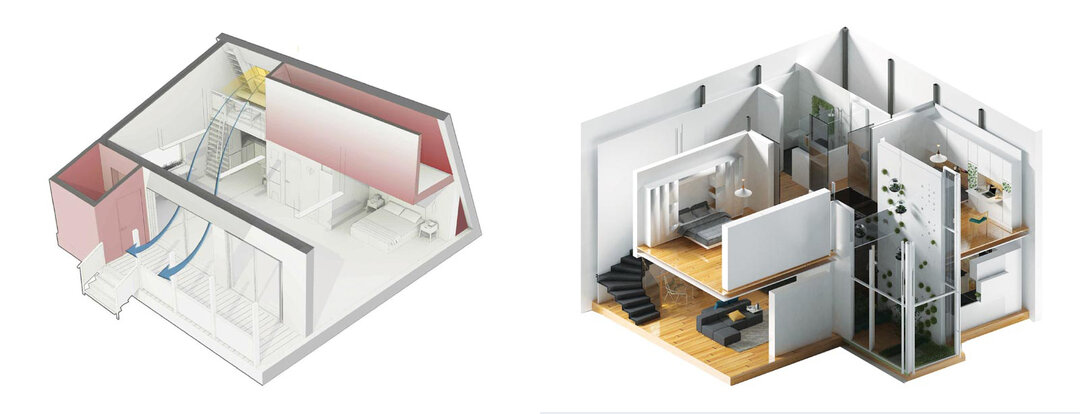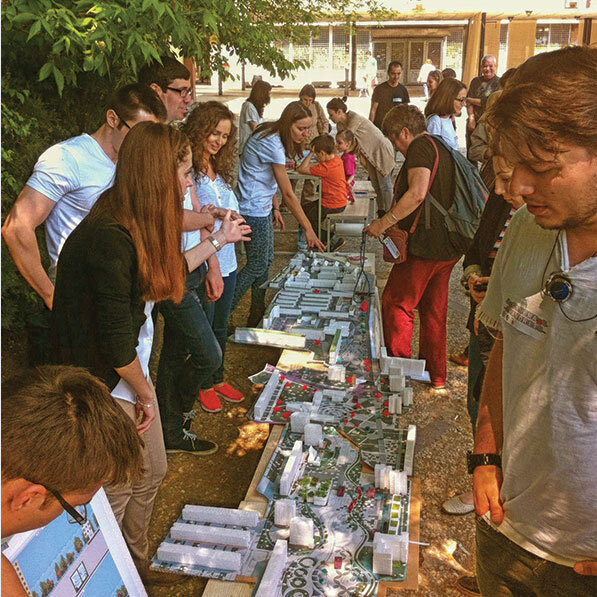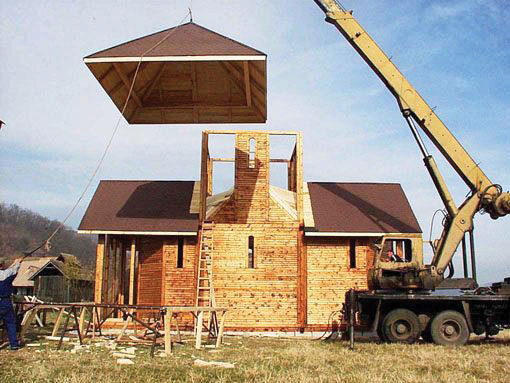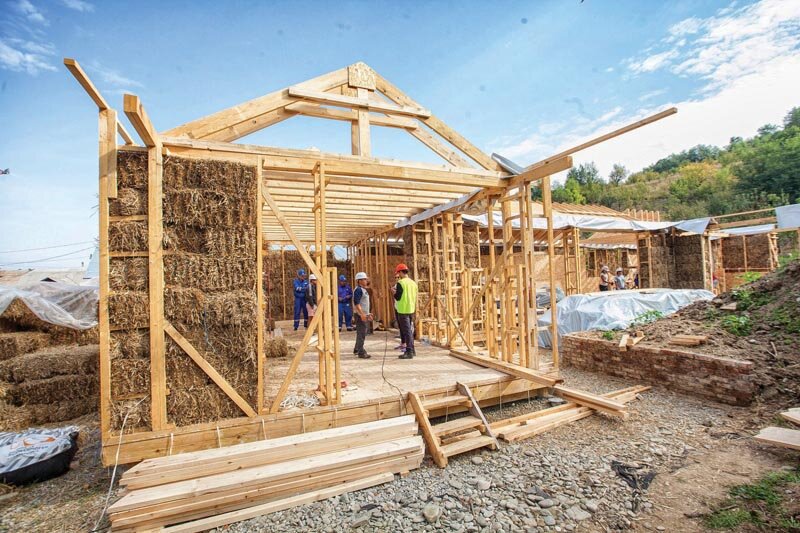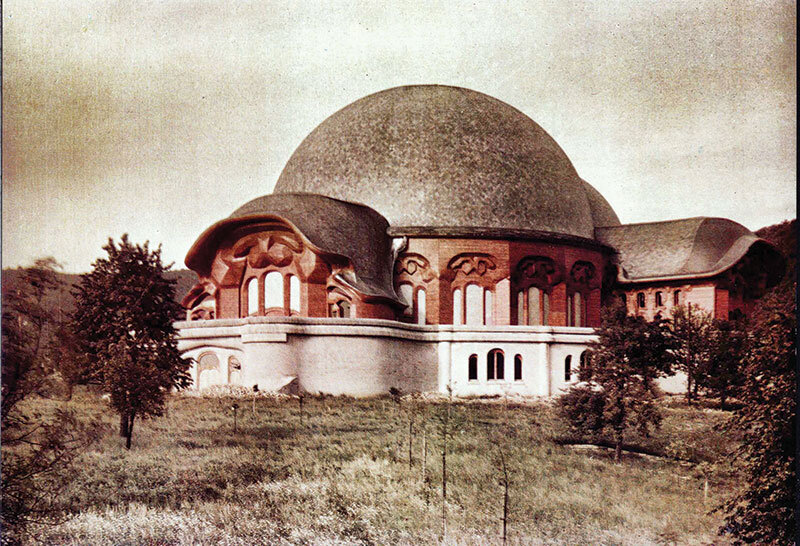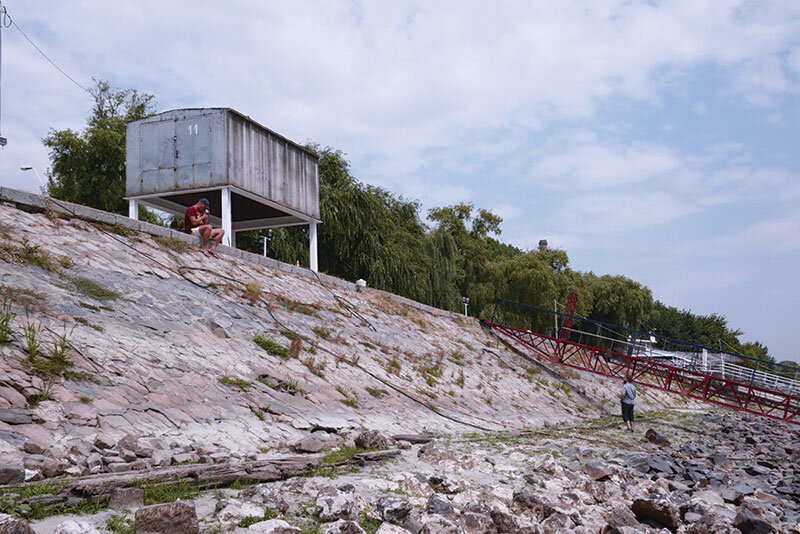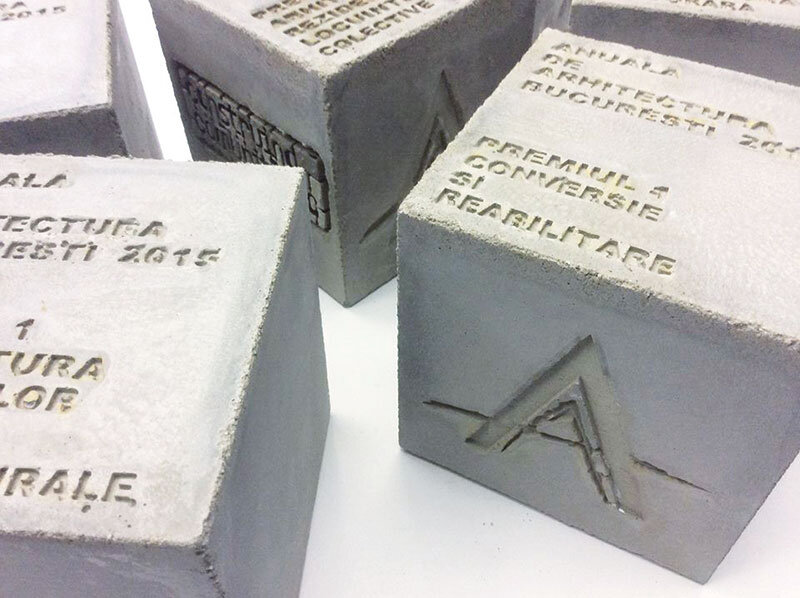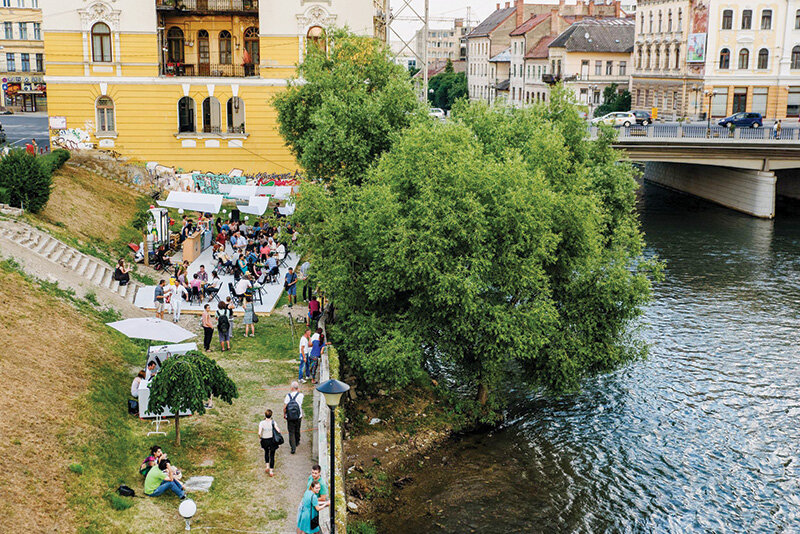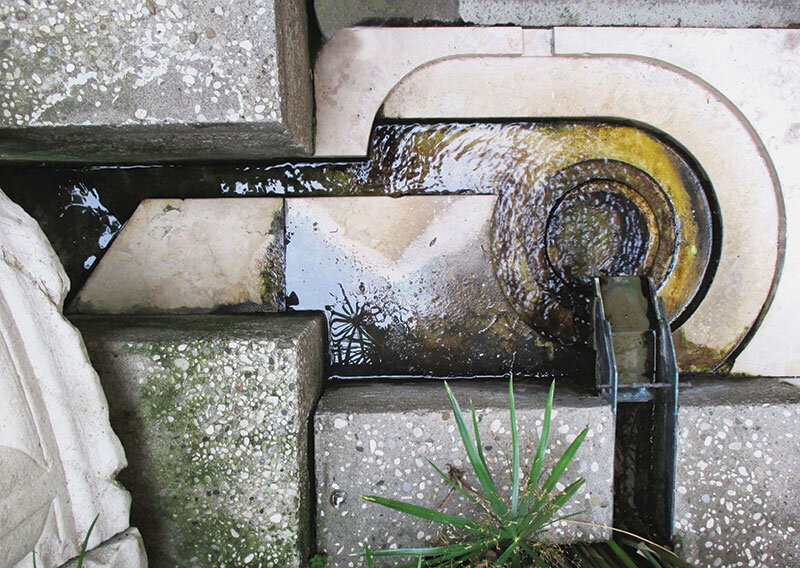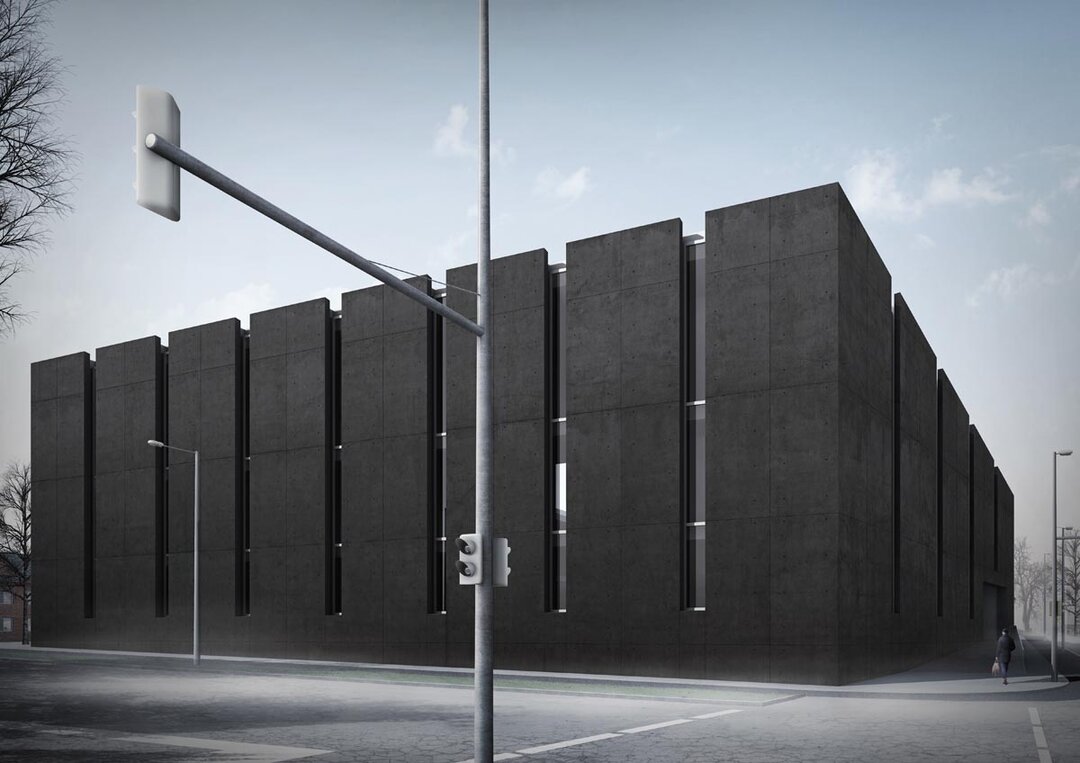
Romanian Sculpture in Metal, between Decorative, Monumental and Architectural
Sculpture is one of the most conservative and, at the same time, innovative arts. In 5,000 years, the questions and problems of sculpture have remained the same. On the other hand, new materials and technologies, such as 3D printing, make it possible to bring to life ideas that were impossible to materialize in the past.
Metal sculpture is a unique art form with its own laws of composition and specific processes, in which nothing is what it seems at first sight. Working with steel, cast iron, copper or various alloys is, if not difficult, at least literally hard.
Architecture and sculpture, especially metal sculpture, have a lot in common today, not just in fences, railings or outdoor furniture, but in a much wider area of interference. In the following lines, we will focus on five of the Romanian metal sculptors who have something to say on the subject and who work in Baia Mare, Cluj, Timișoara, Iași and Bucharest. Choosing them doesn't amount to a top, all the more so as the movement is quite prolific, and there has even been an annual Metal Salon in Romania since 2012.
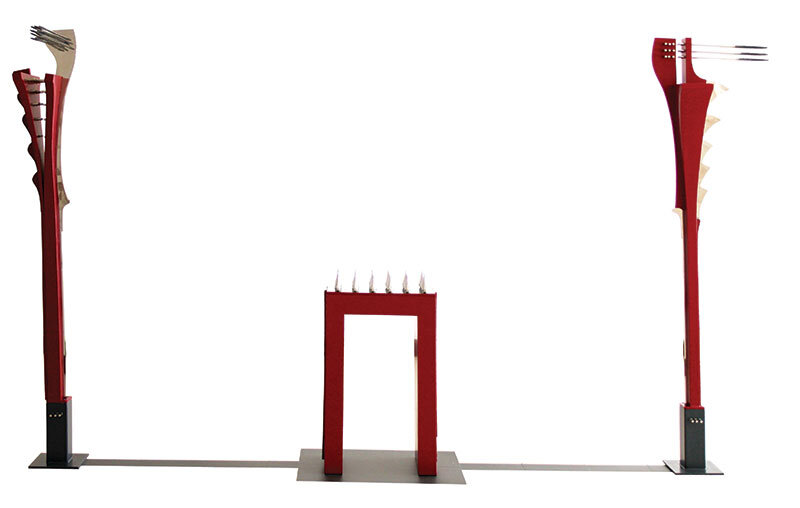
GyőriCsaba is a sculptor of intersecting planes, of positive, aggressive piercing and interference. Expressing himself through form, material and pigment, the artist will always pull the viewer out of his possible inertia.
One of his projects, Innocence, is a minimalist ensemble of three pieces: Circle, Square and Triangle. Their physical coordinates are the golden numbers themselves. The pieces are riddled with bullet holes and blood dripping from them. The artist conceived the ensemble as a protest against a series of terrorist events in Syria.
Another of his representative works, Childhood Memories, incorporates an accumulation of metal from his studio, the result of a decade of specific technological processes. The composite metal monolith has been encased in a parallelepipedal metal structure flanked by wolf's teeth, which recur in his works.
As a free association, the work is based, in the artist's own words, on a sum of childhood experiences, along the lines of Huckleberry Finn, on the banks of the Mures River, not the Mississippi. On another level of perception, it is an allegory of sculpture.
Győri Csaba does not hesitate to use image transfer on the surfaces he has created, using stencil graffiti techniques,

